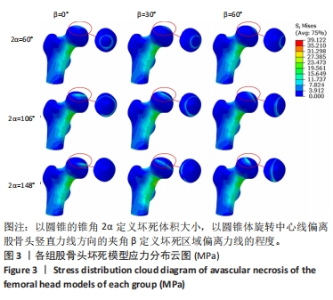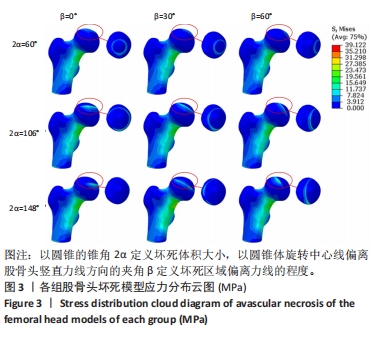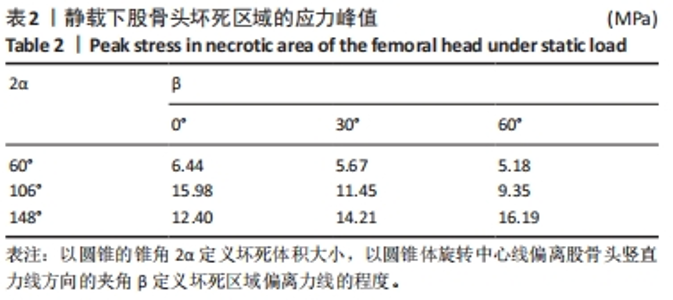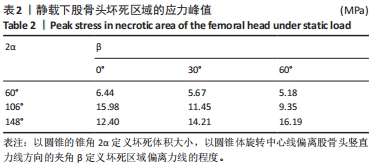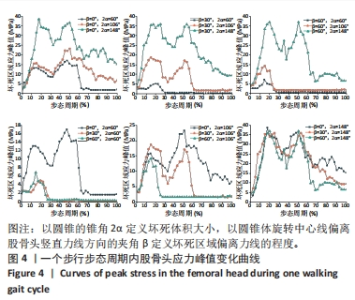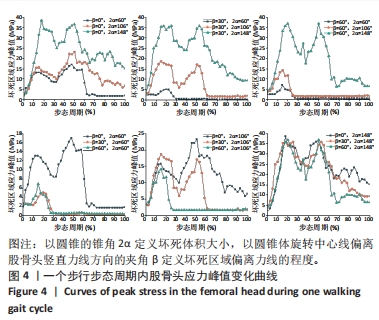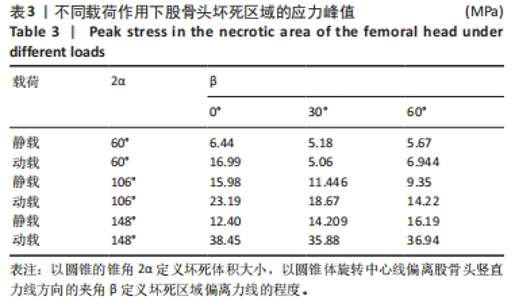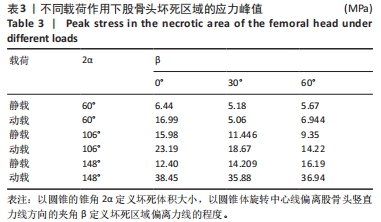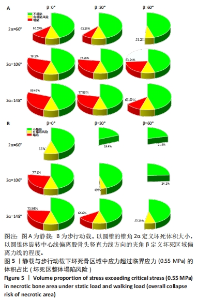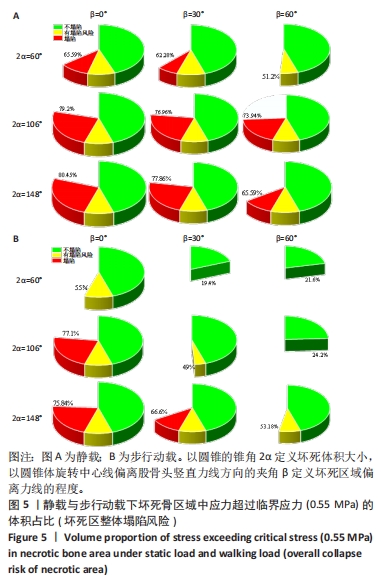[1] GEORGE G, LANE JM. Osteonecrosis of the Femoral Head. J Am Acad Orthop Surg Glob Res Rev. 2022;6(5):e21.00176.
[2] 张斌飞,庄岩,刘林,等.全髋关节置换术治疗髋臼骨折研究进展[J].中国骨与关节损伤杂志,2023,38(8):888-892.
[3] 孙墨渊,常育豪,张蕾蕾,等.刘又文教授治疗早中期股骨头坏死经验总结[J].中国中医骨伤科杂志,2022,30(9):80-81+88.
[4] 佟宇,张达义,张媛,等. 早期股骨头缺血性坏死应用“六维诊疗模式”保守治疗效果观察[J]. 中国煤炭工业医学杂志,2016,19(7):1047-1050.
[5] 钱利海,梁清宇.成人早中期股骨头坏死保髋治疗的最新研究进展[J].实用骨科杂志,2022,28(11):997-1001.
[6] 高天阳,王丰哲,潘诗农.影像学诊断发育性髋关节发育不良并发股骨头坏死进展[J].中国医学影像技术,2020,36(12):1911-1914.
[7] 毛瑞,郝鹏,黄鑫等.预防股骨头坏死塌陷的内置物设计及有限元分析[J].北京生物医学工程,2022,41(6):558-563.
[8] CHEN L, HONG G, FANG B, et al. Predicting the collapse of the femoral head due to osteonecrosis: From basic methods to application prospects. J Orthop Translat. 2017;11:62-72.
[9] 高美娟.成人股骨头坏死ANFH的X线与CT征象及临床价值[J].临床医药文献电子杂志,2018,5(16):113-114.
[10] GÓMEZ-BARRENA E, PADILLA-EGUILUZ NG, LÓPEZ-MARFIL M, et al. Volume and location of bone regeneration after autologous expanded mesenchymal stromal cells in hip osteonecrosis : a pilot study. Bone Joint Res. 2022;11(12):881-889.
[11] 承伟涓. CT、MRI诊断股骨头坏死的效果对比分析[J].现代医用影像学, 2023,32(8):1509-1511.
[12] 宋耀辉. 早期股骨头缺血性坏死的CT与磁共振成像诊断效果及意义[J]. 中国医药指南,2019,17(4):98-98.
[13] YANG JW, KOO KH, LEE MC, et al. Mechanics of femoral head osteonecrosis using three-dimensional finite element method. Arch Orthop Trauma Surg. 2002;122(2):88-92.
[14] WEI W, WEI BF, CAI J, et al. Efficacy of Fu-Yuan Capsule in the Healing of Fractures of the Lower End of the Radius in a Rabbit Model. Pharmacology. 2017;99(1-2):67-74.
[15] ZHANG Y, WANG X, JIANG C, et al. Biomechanical research of medial femoral circumflex vascularized bone-grafting in the treatment of early-to-mid osteonecrosis of the femoral head: a finite element analysis. J Orthop Surg Res. 2022;17(1):441.
[16] 潘云春,卫红军,任国清,等.不同入路人工全髋关节置换后步态及髋关节活动能力的比较[J].中国组织工程研究,2024,28(18):2846-2851.
[17] KOO KH, KIM R. Quantifying the extent of osteonecrosis of the femoral head. A new method using MRI. J Bone Joint Surg Br. 1995;77(6):875-880.
[18] 胡项俊.人工髋关节在体生物力学与动态功能评价研究[D]. 上海:上海交通大学,2021.
[19] GAO Y, JIN Z, WANG L, et al. Finite element analysis of sliding distance and contact mechanics of hip implant under dynamic walking conditions. Proc Inst Mech Eng H. 2015;229(6):469-474.
[20] BROWN TD, HILD GL. Pre-collapse stress redistributions in femoral head osteonecrosis--a three-dimensional finite element analysis. J Biomech Eng. 1983;105(2):171-176.
[21] LI TX, HUANG ZQ, LI Y, et al. Prediction of Collapse Using Patient-Specific Finite Element Analysis of Osteonecrosis of the Femoral Head. Orthop Surg. 2019;11(5):794-800.
[22] YANG P, LIN TY, XU JL, et al. Finite element modeling of proximal femur with quantifiable weight-bearing area in standing position. J Orthop Surg Res. 2020;15(1):384.
[23] BACHTAR F, CHEN X, HISADA T. Finite element contact analysis of the hip joint. Med Biol Eng Comput. 2006;44(8):643-651.
[24] KARASUYAMA K, YAMAMOTO T, MOTOMURA G, et al. The role of sclerotic changes in the starting mechanisms of collapse: A histomorphometric and FEM study on the femoral head of osteonecrosis. Bone. 2015;81:644-648.
[25] ESCUDIER JC, OLLIVIER M, DONNEZ M, et al. Argenson JN. Superimposition of maximal stress and necrosis areas at the top of the femoral head in hip aseptic osteonecrosis. Orthop Traumatol Surg Res. 2018;104(3):353-358.
[26] ZHOU W, QU M, LV Y, et al. New Advances in Stem Cell Therapy for Osteonecrosis of the Femoral Head. Curr Stem Cell Res Ther. 2019;14(3):226-229.
[27] 汪家勇. PRP技术针对股骨头坏死保髋治疗临床剖析与运用[J].现代医学与健康研究电子杂志,2019,3(23):47-48.
[28] BIAN Y, HU T, LV Z, et al. Bone tissue engineering for treating osteonecrosis of the femoral head. Exploration (Beijing). 2023;3(2):20210105.
[29] 杨鹏. “筋骨并重”理论指导下髋关节肌骨联合仿真及股骨头坏死模块化建模[D].广州:广州中医药大学,2022.
[30] 王宏润,李宏宇,韦明照.基于三柱结构分型股骨头坏死的有限元研究[J].中国矫形外科杂志,2020,28(9):832-836. |
